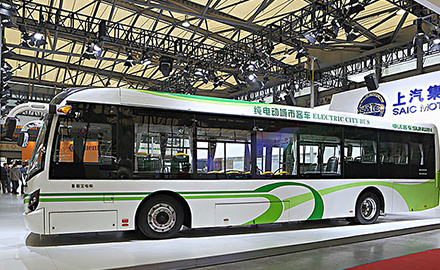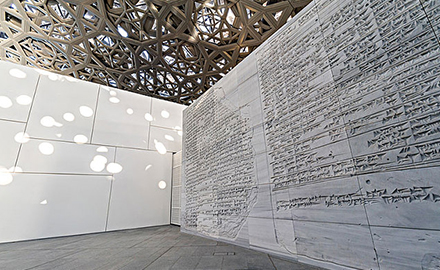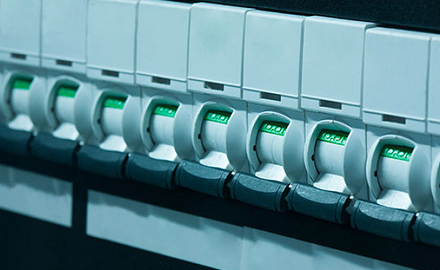In the pursuit of a sustainable future, energy conservation has become a top priority for individuals, businesses, and governments worldwide. One often overlooked aspect of energy conservation is the contribution of building materials. Among the various options available in the market, GRP ceilings have emerged as a highly effective and efficient solution to reduce energy consumption. In this blog post, we will delve into the ways GRP ceilings contribute to energy conservation, highlighting their benefits and potential impact on both residential and commercial buildings.
Understanding GRP Ceilings
GRP is a lightweight yet durable material composed of a plastic matrix reinforced by fine fibers of glass. Known for its high strength-to-weight ratio and excellent insulation properties, GRP has gained popularity as a reliable construction material. When applied to ceilings, it offers numerous advantages in terms of energy conservation.
Enhanced Insulation for Temperature Regulation
One of the key features of GRP ceilings is their ability to provide enhanced insulation, leading to superior temperature regulation. By acting as a barrier against heat transfer, GRP ceilings help maintain a stable internal environment irrespective of external temperature variations. This decreases the reliance on air conditioning and heating systems, resulting in significant energy savings in both warm and cold climates. Furthermore, the use of GRP ceilings reduces the overall carbon footprint of a building, thereby promoting environmental sustainability.
Natural Daylight Utilization
Incorporating GRP ceilings in buildings also facilitates the optimal utilization of natural daylight. The translucent nature of GRP allows it to transmit diffused natural light, reducing the need for artificial lighting during the day. By maximizing the use of daylight, businesses and homeowners can decrease their energy consumption by reducing the number of artificial lighting fixtures and their associated energy usage. This not only lowers electricity bills but also minimizes the environmental impact associated with excessive energy consumption.
Durability and Longevity
GRP ceilings offer exceptional durability and longevity, making them an investment for energy conservation in the long run. Due to their robust construction, GRP ceilings are resistant to moisture, corrosion, and damage seldom requiring repairs or replacements. This longevity eliminates the need for frequent renovations, minimizing construction waste and the subsequent energy expenditure involved in manufacturing new materials and installing them. Moreover, the superior strength of GRP ceilings allows for the installation of energy-efficient lighting systems and other sustainable features, further contributing to energy conservation.
In conclusion, GRP ceilings have proven to be an effective solution for energy conservation in both residential and commercial buildings. By providing enhanced insulation, facilitating natural daylight utilization, and offering durability and longevity, GRP ceilings contribute significantly to reducing energy consumption. Incorporating GRP ceilings in construction projects not only leads to lower energy bills but also aligns with the global efforts to create a sustainable future. As individuals, businesses, and governments strive for energy efficiency, GRP ceilings emerge as an indispensable component in achieving energy conservation goals.


 English
English 日本語
日本語 français
français Deutsch
Deutsch Español
Español italiano
italiano русский
русский العربية
العربية tiếng việt
tiếng việt Polska
Polska română
română













